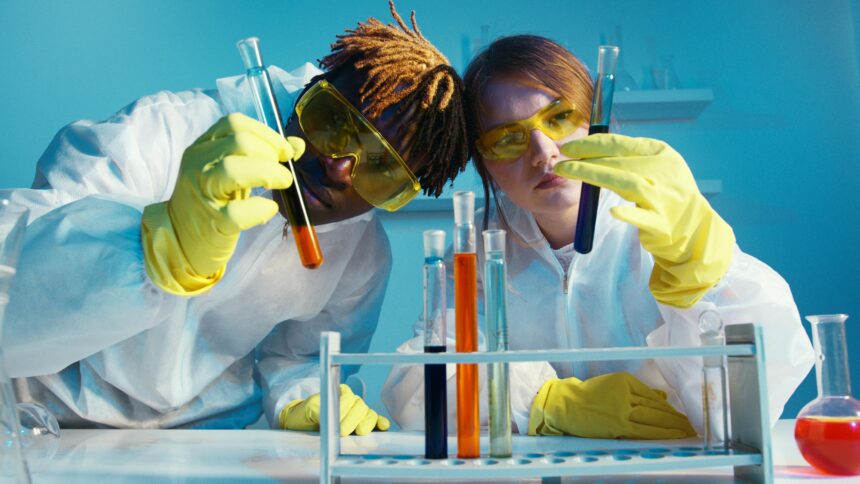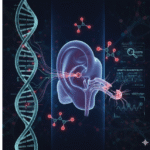The process of drug discovery is an intricate and multifaceted journey that involves transforming a promising idea into a therapeutic product that can improve health outcomes for patients. One of the most critical stages in drug discovery is process development. This phase ensures that a drug candidate can be produced consistently, at high quality, and in large quantities, while meeting regulatory and economic standards. As new challenges and opportunities arise, process development is becoming increasingly sophisticated, leveraging advances in technology, automation, and scientific understanding to create more efficient, cost-effective, and scalable methods of drug production.
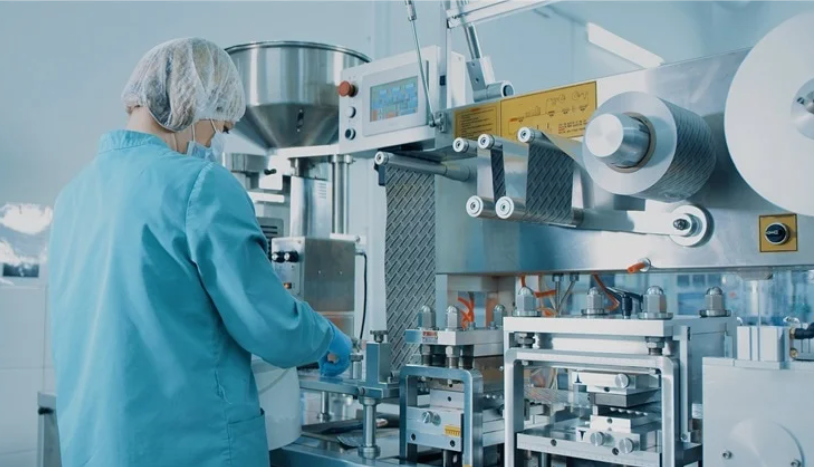
Understanding Drug Discovery
Before diving into process development, it’s essential to understand the drug discovery landscape. Drug discovery is a lengthy and complex process that typically spans 10 to 15 years. It begins with the identification of a disease mechanism or target—usually a protein, enzyme, or receptor involved in the disease. Researchers then identify small molecules or biologics (such as monoclonal antibodies) that can modulate that target.
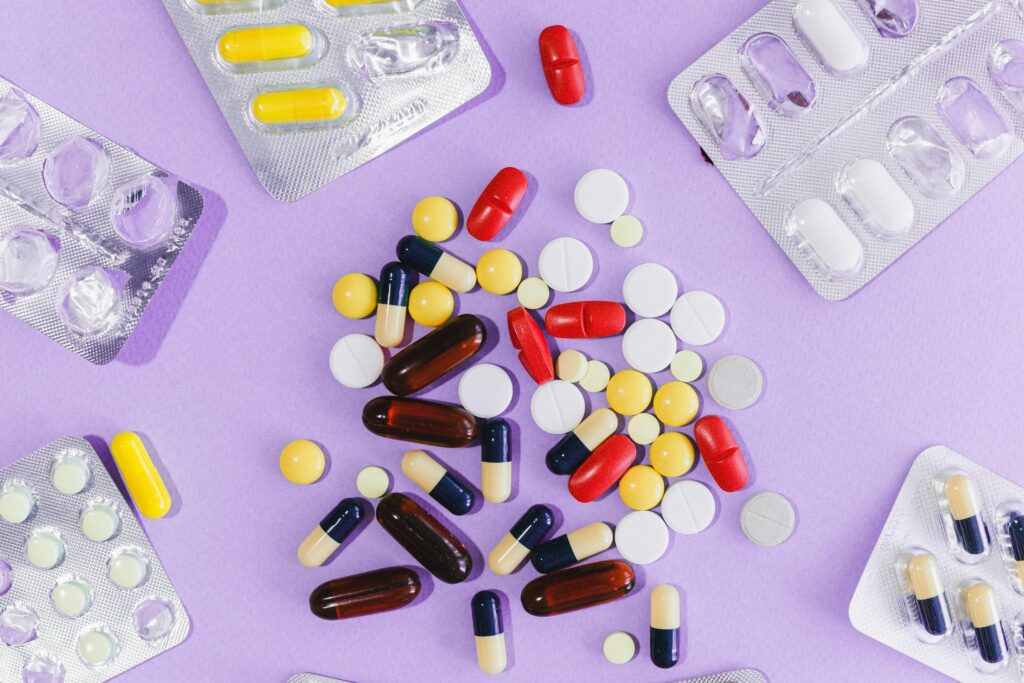
Once a lead compound is identified, researchers perform a variety of preclinical studies in the laboratory to assess its efficacy, safety, and pharmacokinetics (how the body absorbs, distributes, metabolizes, and excretes the drug). If the compound shows promise, it moves into clinical trials, where it is tested in human populations for safety and efficacy. After successful clinical trials, regulatory agencies like the U.S. Food and Drug Administration (FDA) or the European Medicines Agency (EMA) evaluate the evidence before granting approval for commercial production.
The transition from research and development (R&D) to the production stage marks the beginning of process development. It is here that drug candidates are optimized for mass production, ensuring that they can be manufactured consistently and meet the quality standards necessary for regulatory approval.
What is Process Development?
Process development is the phase in drug discovery where the focus shifts from designing the drug to designing a robust, scalable, and reproducible process for manufacturing the drug. This is a critical step in the lifecycle of a drug, as it determines how efficiently and cost-effectively the drug can be produced for clinical trials and, eventually, for commercial use.
Process development encompasses a wide range of activities, including:
- Formulation Development: Creating the final dosage form of the drug (e.g., tablet, injection, or topical formulation).
- Manufacturing Process Optimization: Identifying the most efficient way to produce the drug while maintaining quality, consistency, and cost-effectiveness.
- Scale-Up: Moving from small-scale laboratory production to large-scale commercial production.
- Quality Control and Assurance: Ensuring that the drug meets regulatory standards and is free from contaminants or impurities.
Key Phases in Process Development
Preclinical Phase: Laboratory to Pilot Scale
At the preclinical stage, the drug candidate is still in the research phase, and its potential for scaling up to commercial production is evaluated. The primary focus during this phase is to identify the ideal production route and establish proof-of-concept for production scalability.
- Route Selection: For small-molecule drugs, this could mean identifying whether to use chemical synthesis or biotechnological methods (e.g., fermentation). For biologics, the method may involve selecting a cell line and optimizing conditions for protein production.
- Small-Scale Production: A small batch of the drug is produced using the chosen route, often in laboratory-scale reactors or other specialized equipment. The goal is to refine the production process and identify any potential problems (such as instability, low yield, or impurity formation).
- Process Characterization: The small-scale production process is characterized by analyzing how the drug behaves under different conditions. Scientists examine factors such as temperature, pressure, pH, and solvent composition to determine the ideal conditions for synthesis or fermentation.
Pilot Scale: Bridging Laboratory and Commercial Production
Once the process has been optimized at the laboratory scale, the next step is to scale up production to a pilot scale, which typically involves batches large enough to test the process’s feasibility for commercial manufacturing. This phase is a critical step in identifying potential bottlenecks or inefficiencies that may arise when the production volume is increased.
- Optimization: During the pilot scale, the manufacturing process is further refined. This might involve adjusting parameters like reaction time, temperature, or raw material concentration to maximize yield and minimize costs.
- Cost Analysis: The pilot scale phase is also where the cost of production is first estimated. This includes assessing raw material costs, equipment requirements, labor, and any waste or byproduct management that might be necessary.
- Process Control and Stability Testing: The goal is to ensure that the process is consistent and reproducible. In addition, stability testing is conducted to verify that the drug maintains its potency, purity, and safety when produced in larger quantities.
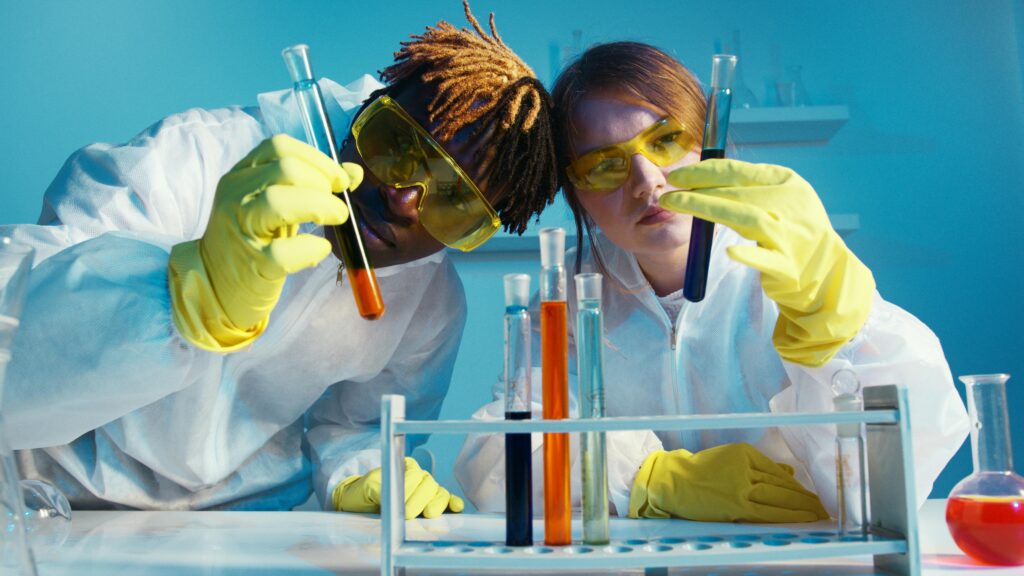
Different key phrases of the Drug discovery process development.
Commercial Scale: Full-Scale Manufacturing
At the commercial scale, the goal is to manufacture large quantities of the drug at the highest possible quality and lowest possible cost, while adhering to regulatory standards. This is where the scalability of the process is put to the test.
- Full-Scale Manufacturing Equipment: Commercial production often requires larger reactors, purification systems, and other high-capacity equipment. The processes used at pilot scale are transferred to these large-scale systems, with careful attention paid to maintaining the same process conditions.
- Process Validation: During this phase, the manufacturing process is validated to ensure it meets regulatory standards for quality and consistency. This includes performing numerous validation runs, where batches are produced and rigorously tested for their safety, efficacy, and quality.
- Regulatory Compliance: Drug manufacturers must comply with Good Manufacturing Practices (GMP), a set of standards and regulations that ensure drugs are produced consistently and meet the required quality standards. Compliance with GMP is critical for regulatory approval.
Challenges in Process Development of Drug Discovery
Yield and Purity Issues
One of the primary challenges in drug production is ensuring that the drug is produced with high yield and purity. Small-molecule drugs, for instance, often require complex synthetic steps, and even minor variations in reaction conditions can lead to low yields or contamination. Biologic drugs, on the other hand, face challenges related to protein folding, aggregation, or degradation, which can affect their safety and efficacy.
Scalability
What works in the laboratory may not work as efficiently when scaled up to a pilot or commercial level. For example, some chemical reactions or fermentation processes may behave differently when larger quantities of reactants or cells are involved. Identifying and addressing these discrepancies is a significant challenge in process development.
Cost Control
Drug manufacturing, especially for biologics, can be expensive due to the need for specialized equipment, high-quality raw materials, and labor. Reducing production costs while maintaining quality is an ongoing challenge. This requires continuous optimization of the process to minimize waste, improve efficiency, and lower material costs.
Regulatory Challenges
The regulatory environment for drug development is highly stringent and varies across different countries. Navigating the approval process requires adherence to specific guidelines, such as those set by the FDA or EMA, and can involve extensive documentation and testing to prove the safety and efficacy of the drug. Regulatory challenges can delay the development process or lead to increased costs.
Emerging Trends in Process Development of Drug Discovery

Automation and Digitalization
Automation and digital technologies are increasingly being used in drug manufacturing to reduce human error, improve reproducibility, and speed up processes. Robotic systems can now perform high-throughput screening and continuous monitoring of production, while digital twins—virtual models of the manufacturing process—can simulate and optimize operations in real-time.
Continuous Manufacturing
Traditionally, drug manufacturing has been a batch process, where production occurs in discrete steps. Continuous manufacturing, however, allows for the constant production of drugs, leading to more efficient and cost-effective operations. This technique is being increasingly adopted for both small-molecule and biologic drugs.
Green Chemistry and Sustainability
Sustainability is becoming a growing priority in drug manufacturing. The use of green chemistry—methods that minimize the environmental impact of chemical reactions—is a key trend. This includes reducing the use of toxic solvents, improving energy efficiency, and minimizing waste. Sustainable practices are not only better for the environment but can also reduce costs in the long run.
Personalized Medicine and Advanced Therapies
The rise of personalized medicine and advanced therapies, such as gene therapies and cell-based therapies, is reshaping process development. These therapies often require highly specialized production methods, including gene editing, cell culture, and gene delivery technologies. Developing scalable and reproducible processes for these therapies is one of the major challenges in the biopharmaceutical industry.
Conclusion
As the pharmaceutical industry continues to evolve, process development will remain a cornerstone of drug discovery. Advances in automation, continuous manufacturing, sustainability, and personalized medicine are set to transform the industry, enabling the production of drugs that are more affordable, effective, and accessible to patients worldwide.
Other related articles:-
https://lifescienceinsights360.com/category/drug-discovery-development
https://lifescienceinsights360.com/medtech/understanding-the-basics-of-dna-the-blueprint-of-life/

